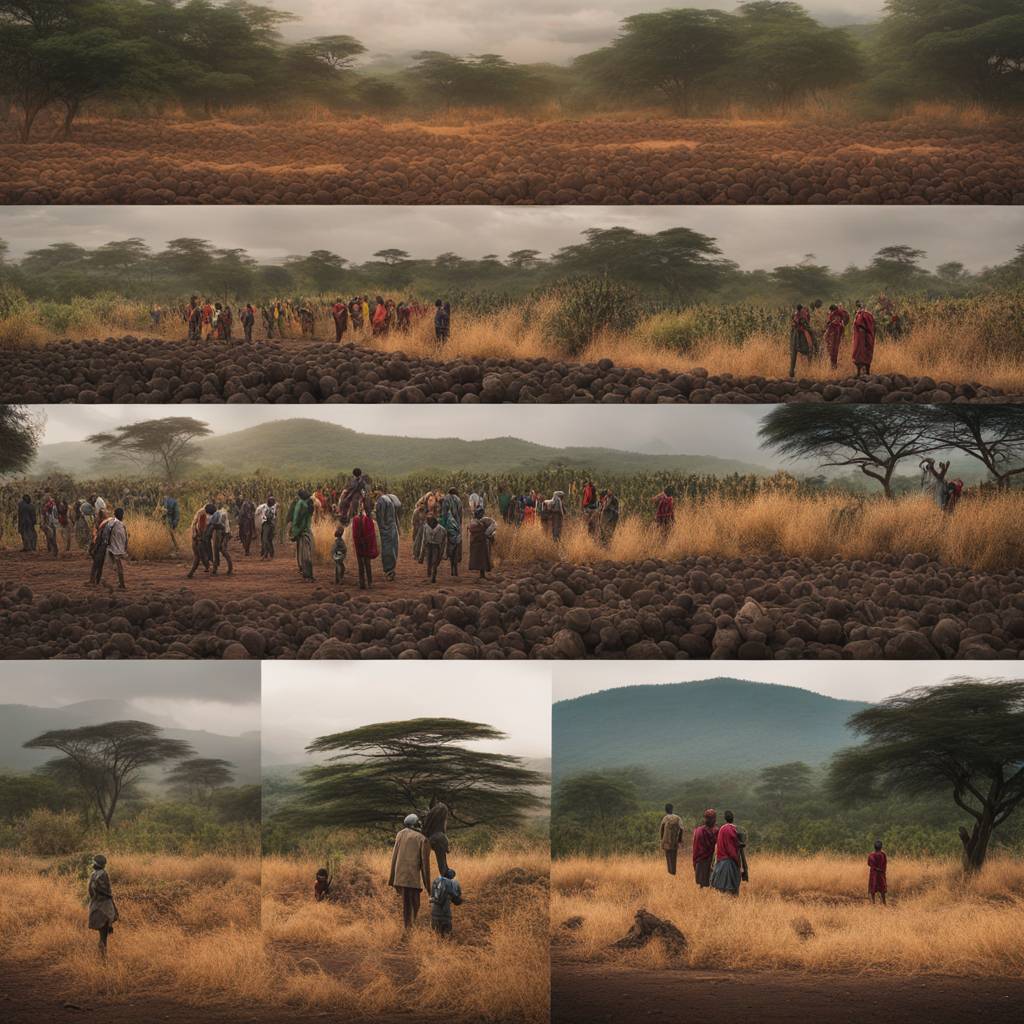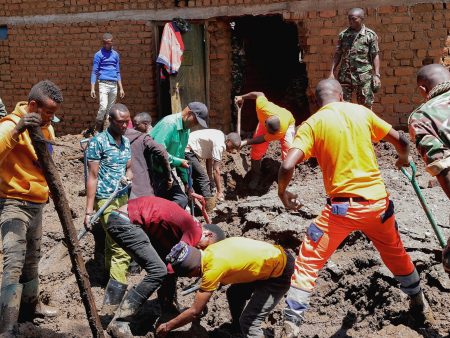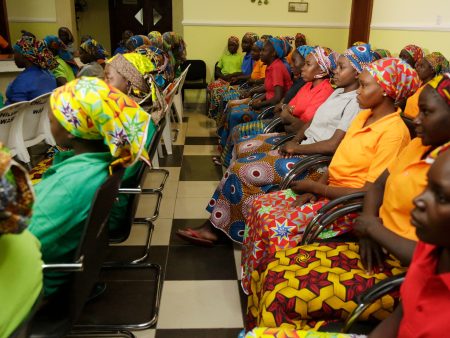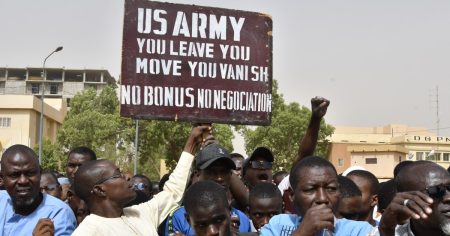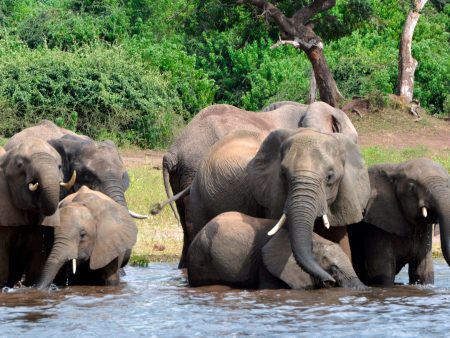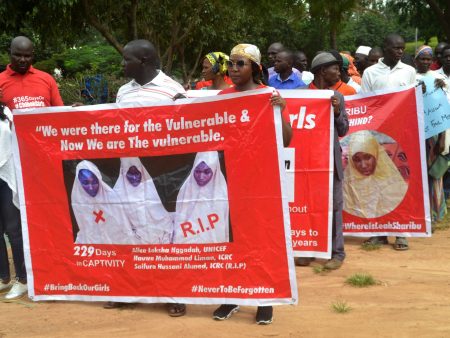Three decades after the April 1994 Rwandan genocide, the impact of the mass killings of an estimated 800,000 minority Tutsis, moderate Hutus, and members of the Twa ethnic group is still felt in East Africa. The combination of colonial-era favoritism towards the Tutsis, a media landscape that perpetuated hatred, and the slow international response to the crisis all contributed to fueling the genocide. This tragic event led to civil wars and ongoing violence in neighboring countries such as the Democratic Republic of the Congo.
Tensions between Hutus and Tutsis had been brewing for years before the genocide, partly due to Belgian colonialism favoring the Tutsis and creating societal divisions based on ethnicity. The introduction of identity cards in 1932 further entrenched these differences, leading to violent revolts and ongoing conflict between the two groups. The trigger for the genocide came in 1994 when the Hutu government, incited by propaganda and the assassination of the Rwandan president, began an “extermination” campaign targeting Tutsis.
The genocide unfolded in a methodical manner, with government forces and militia groups carrying out targeted killings of Tutsis and moderate Hutus. Radio stations such as Radio-Television Libres des Milles Collines played a central role in spreading hate messages and inciting violence. The killings lasted for 100 days, ending when the Tutsi rebel army, led by current President Paul Kagame, seized control of Kigali. The death toll from the genocide is estimated at around 800,000, with many Tutsis forced to hide their identity to survive.
Global leaders were aware of the genocide but failed to intervene effectively, resulting in a high number of casualties. The United Nations faced criticism for its inaction, with some peacekeepers withdrawing and others refusing to help Tutsis under attack. France, which had armed the Rwandan government, continued to support the Hutu regime despite knowledge of their plans to kill Tutsis. The UN eventually imposed an arms ban on Rwanda and reinforced its peacekeeping mission, but the intervention came too late for many victims.
In the aftermath of the genocide, the International Criminal Tribunal for Rwanda was established to hold perpetrators of the genocide accountable. High-profile leaders, including Prime Minister Jean Kambanda, were convicted for their role in the killings. Trials also took place in Rwanda, focusing on those who planned and executed the genocide. The Gacaca system was introduced in 2001 to address the backlog of cases and reconcile communities through traditional justice mechanisms. Despite its shortcomings, the Gacaca courts helped bring some semblance of justice and closure to the survivors of the genocide.
Three decades on, the Rwandan genocide remains a dark chapter in world history, a stark reminder of the consequences of ethnic divisions, hate propaganda, and international inaction. The impact of the genocide continues to be felt in Rwanda and neighboring countries, underscoring the need for vigilance against genocide and the importance of promoting reconciliation and justice in its aftermath.





